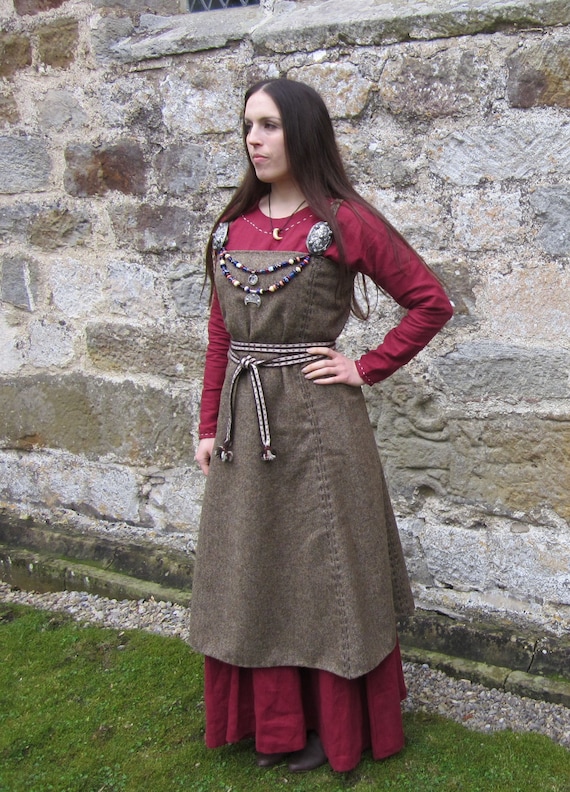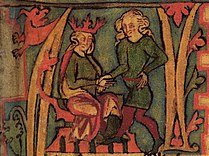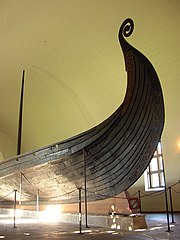Our guest today is Sandra
Hill,
New York Times and
USA Today bestselling author of more than thirty novels, including more than fifteen that take place in tenth century Britain and the Norselands, involving both Saxon knights and Viking warriors.
VIKING IN LOVE...a Viking princess and a Saxon lord.
Check out the end of this post where you can enter to win a copy of its prequel,
MY FAIR VIKING. Here's the blurb for
VIKING IN LOVE:

She said...
Caedmon of Larkspur is the most loathsome lout I have ever encountered! When my sisters and I arrived at his castle, we were greeted by servants and children running wild, while Caedmon lied abed after a night of ale. No doubt there will be another child soon, because I must admit he's as handsome as he is virile. And I must endure him, for we are in desperate need of protection, though I can only imagine what this knight will demand of me in return.
He said...
After nine long months in the king's service all I wanted was peace...not five Viking princesses running my keep. And the fiery redhead who burst into my chamber that first morning is the worst of all. Why, I should kick her out...but I have a much more wickedly delightful plan for Breanne of Stoneheim, one that will leave her a Viking in lust....Ten nights with a knight!
***
"Earthy, laugh-out-loud hilarious, and lusty, this tenth-century revel takes readers back to a much-less-refined time and is just plain fun. Her fans are sure to enjoy this latest addition." ~ Kristin Ramsdell,
Library Journal"I was laughing literally from the first page and had to subject my family to a few lines, who in turn joined my fits of giggles...Haven't tried Sandra Hill's work yet? Well, you should!" ~ Julianne Draper,
Tampa Books Examiner"
VIKING IN LOVE is sinfully magnificent! Sandra Hill's exceptionally talented style of writing results in a book all readers will adore. Imaginative scenes jam packed full of romance, humor and adventure." ~ Tammy Faris, Romance Readers Connection
***
Why Vikings?I first got interested in Vikings when researching a family genealogy and discovered I could trace my paternal roots all the way back to the tenth century and a Viking named Hrolf the Ganger, first duke of Norsemandy (later called Normandy). But then I was drawn in by a fascinating, often neglected, group of people, especially the men, who were undoubtedly tall and handsome, great seafarers and skillful warriors. And talented lovers, as evidenced by the vast number of women of different countries who welcomed them to their beds. Plus, and this is important to me, they had a great sense of humor, an ability to laugh at themselves.
But weren't they rapers and pillagers?Some of them might have been, but mostly this was a fabrication of the biased historians of that time, almost all of whom were monks who disdained these heathen invaders. In truth, the tenth century was a violent time, and cruelty occurred in all cultures, including Britain where they were not above skinning a man alive and tacking the remains to a church door. Most Vikings just wanted new lands to settle since the harsh Norselands could not support their increasing numbers. That's why there are no Vikings per se today. They blended into the societies that they settled or conquered.
You've written so many Viking novels. Do you still have to do research?Yes, and I love it. Actually, new information is being discovered all the time as archaeologists uncover more about these compelling people. For example, a recent find showed that some Viking men had small holes drilled in their front teeth...for jewels. A dig in York showed evidence that the Vikings ate bread made of stone ground wheat that still had particles of stone in them.
Tell us something more that we don't know about Vikings?Well, you might not be aware that many of the famous knights of the Middle Ages were descendants of Vikings. Or did you know that the nursery rhyme "London Bridge Is Falling Down" was presumably written about a time when Vikings ruled Britain. And, yes, there were Viking kings in England for a time.
Any suggestions for books that readers or writers might want to consult about Vikings?
There are so many, but a few of my favorites are:
A HISTORY OF THE VIKINGS by Gwyn Jones;
THE VIKINGS by Else Roesdahl;
LIFE AND DEATH IN THE TENTH CENTURY; or any of the sagas or eddas. And for humor regarding Vikings, there is
THE LOST DIARY OF ERIK BLOODAXE, VIKING WARRIOR by Steve Barlow and Steve Skidmore.
 Is VIKING IN LOVE a stand alone book or part of a series?
Is VIKING IN LOVE a stand alone book or part of a series?Actually, it's both. It is the eighth book in my
Viking Series I, but all my books are intended to stand alone. The order goes thus:
THE RELUCTANT VIKING,
THE OUTLAW VIKING,
THE TARNISHED LADY,
THE BEWITCHED VIKING,
THE BLUE VIKING,
MY FAIR VIKING, and
A TALE OF TWO VIKINGS. The one most closely related to
VIKING IN LOVE is
MY FAIR VIKING because the heroine is the first of the Viking princesses.
Tell us a little more about VIKING IN LOVE.With pleasure. I call this my medieval version of the Dixie Chicks video "Goodbye Earl." In the video the three girls kill Earl, the abusive husband of one of them and dump him in a lake. In my book, the five princesses kill the abusive husband of one of them...an earl, of course...and dump him in the bottom of a privy.
You can read
a short excerpt here.
Is your back list still available new?Most of them are, and, in fact, Harper Collins bought my entire backlist from Dorchester...seventeen books, and they should be reissued, if they aren't already available.
What's next?In September,
THE VIKING TAKES A KNIGHT, a further sequel to the Viking I series will be out. Another Viking princess! Here's a blurb and cover art.

The Viking is a princess...
And all she wants is refuge for herself and one unique orphan from a vicious Saxon commander who would harm the children and destroy her honor. At her age, she no longer expects to find a husband, or even a lover, especially not the arrogant Lord of the Bees!
The Knight studies bees...
And what he longs for is peace and quiet. John of Hawk's Lair is certainly not seeking a nagging wife and noisome children. As a knight in the king's service, he spends his cherished time at home working on his beekeeping experiments. So when an irksome Viking princess comes barging into his castle with a horde of orphan children he does everything he can to get rid of her.
Together they made honey...
 How about those Viking Navy SEALs you've made so popular?
How about those Viking Navy SEALs you've made so popular?That's from my
Viking Series II. Coming in November will be
DARK VIKING, in this case a female Navy SEAL (and former stunt woman) who travels back in time in full diving gear (head to toe wet suit and flippers) where she is mistaken by a Viking warrior for an ugly fish. The hero is brother to Thorfinn from
VIKING UNCHAINED.
Do you like to hear from readers?I love to hear from readers and hope they will visit
my website where I have more book news, videos, free novellas, jokes, and freebies.
As always I wish readers smiles in their reading. Please ask me any questions you have about Vikings or any of my other books.
***
Thanks for being here, Sandra!
Sandra is giving away a copy of
MY FAIR VIKING to one random person who posts a comment. As sometimes it can be difficult to think up something to comment on, perhaps you can tell us what you think of Vikings. Are they pillaging barbarians or sexy heroes? We'll select a winner next Sunday. Void where prohibited. Best of luck!































